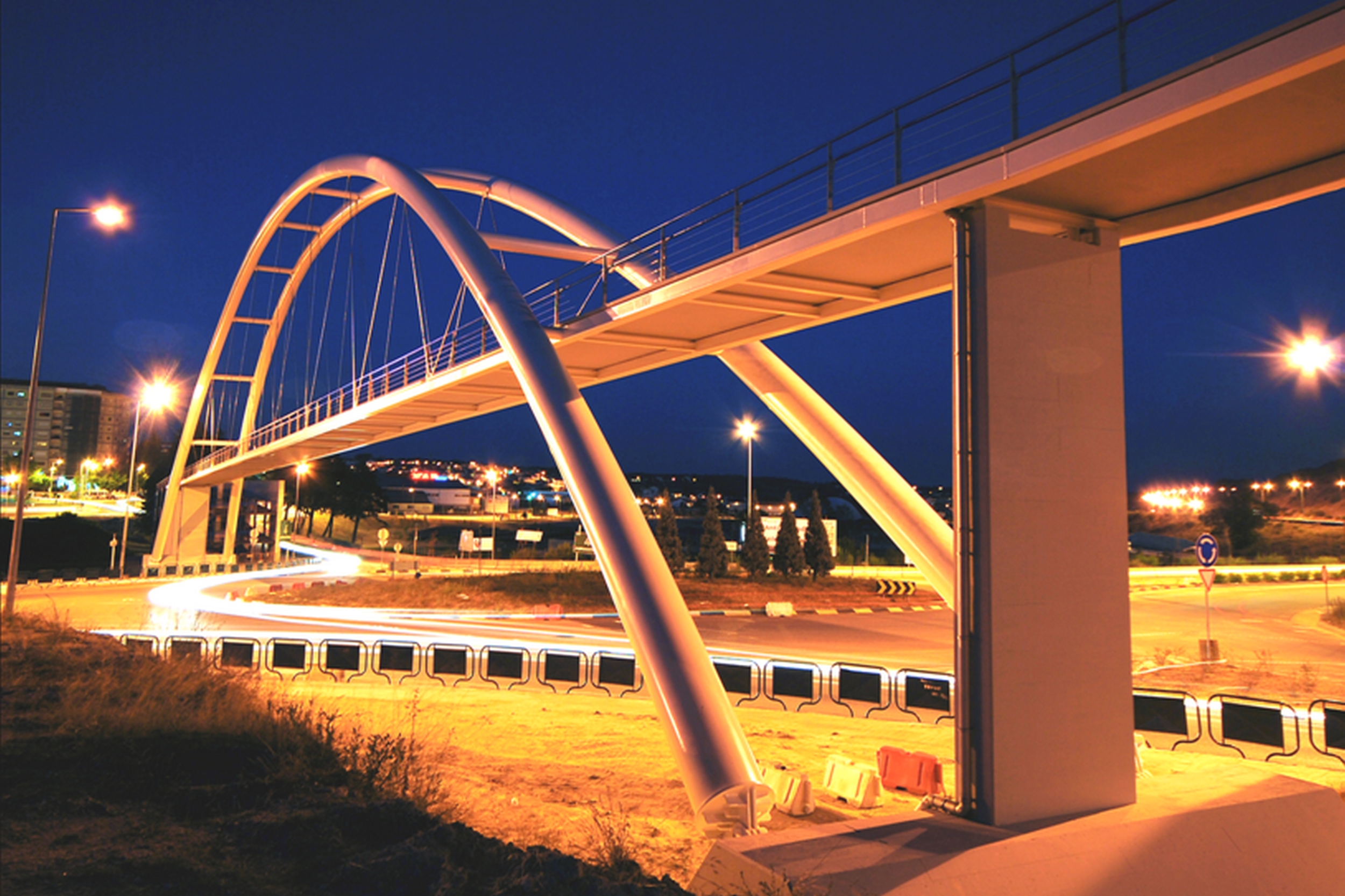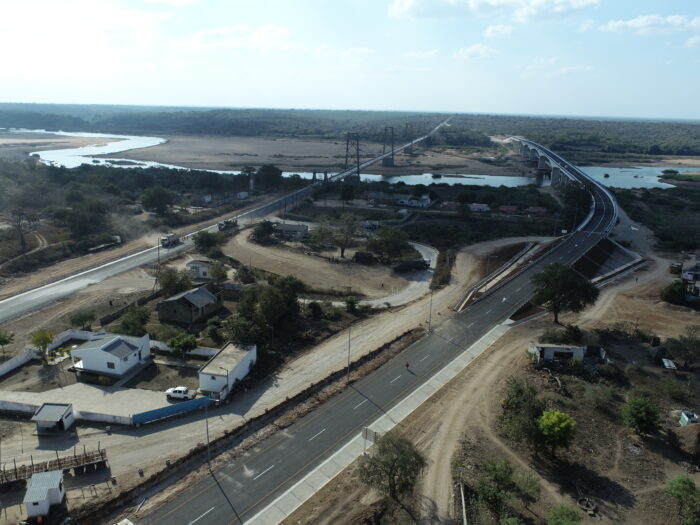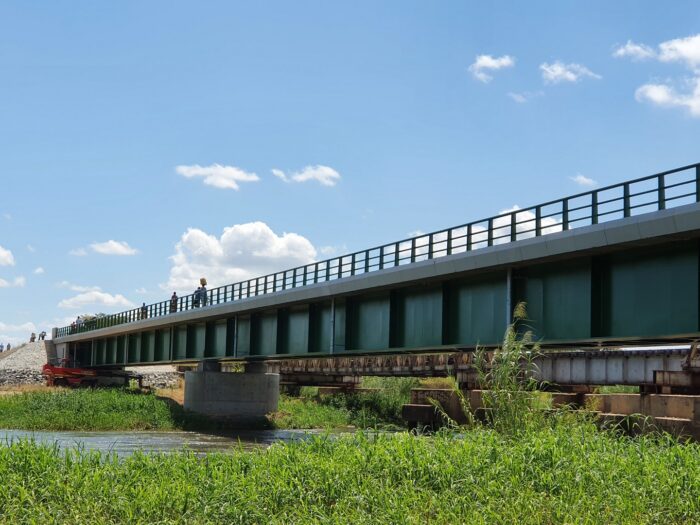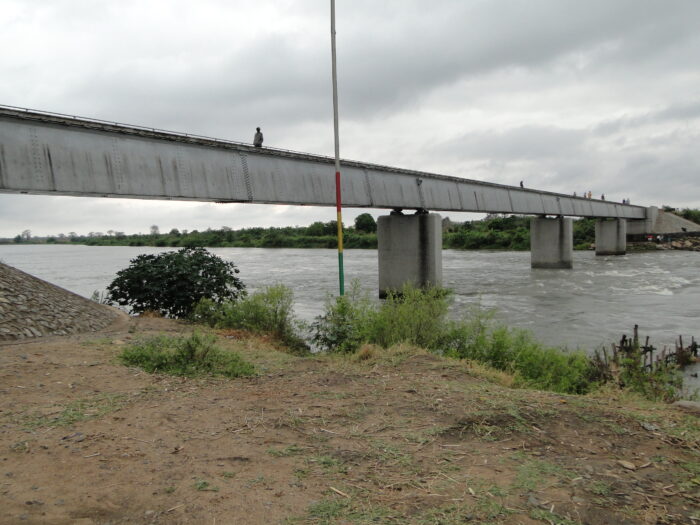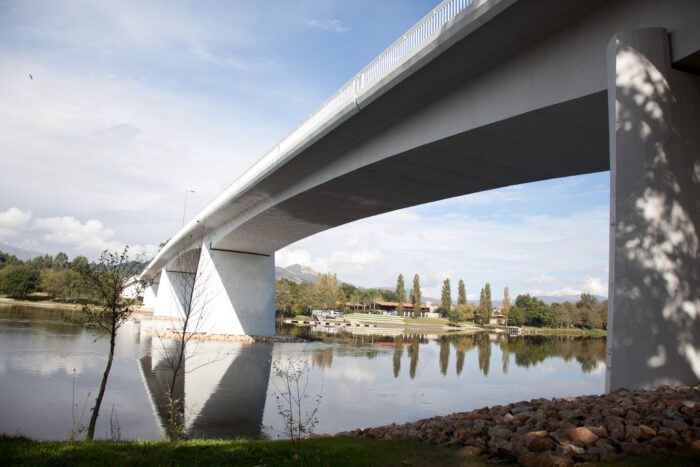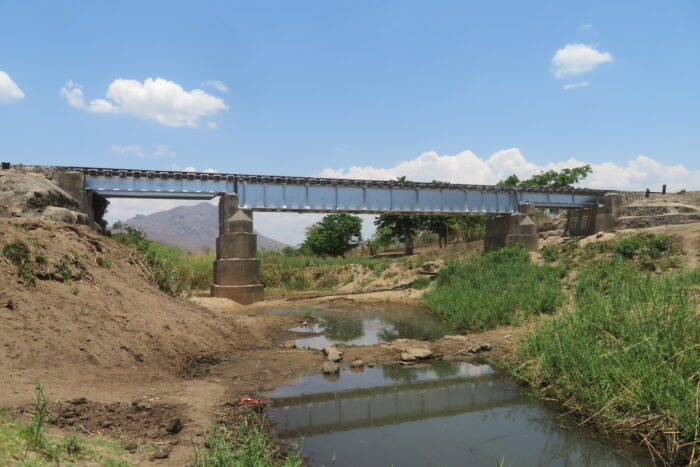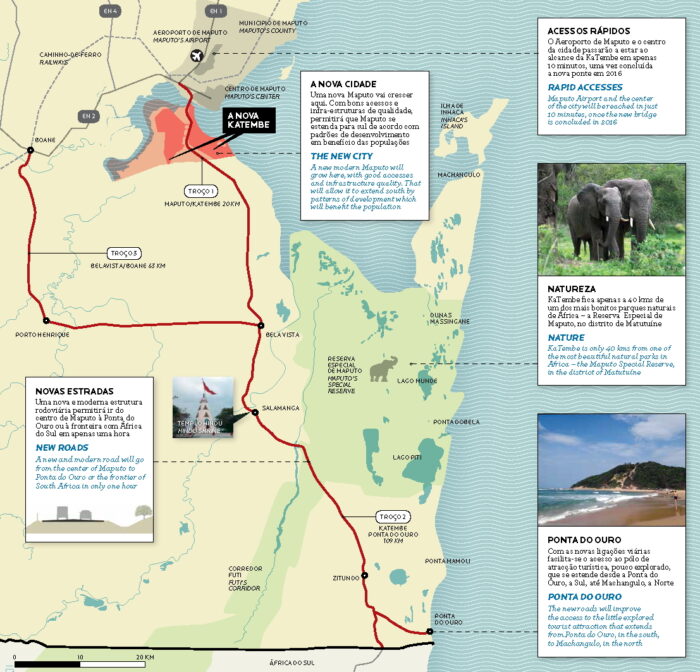Pedestrian Bridge in Guarda city
- Location: Guarda, Portugal
- Solution: Bridges
- Type: Footbridges and public lifts
- Promoter: Infraestruturas de Portugal SA (ex- EP – ESTRADAS DE PORTUGAL, E.P.E.)
- Client: Infraestruturas de Portugal SA (ex-ESTRADAS DE PORTUGAL E.P.E.)
- Scope: Structural Design, Dynamic testings
- Area: 373.5 m2 deck surface
- Project: 2003/2005
- Construction: 2006/2007
- Contractor: Abrantina
- Dimension: 124.50m long, 92m max span
- See on Google Maps
Pedestrian Bridge in Guarda city
- Location: Guarda, Portugal
- Solution: Bridges
- Type: Footbridges and public lifts
- Promoter: Infraestruturas de Portugal SA (ex- EP – ESTRADAS DE PORTUGAL, E.P.E.)
- Client: Infraestruturas de Portugal SA (ex-ESTRADAS DE PORTUGAL E.P.E.)
- Scope: Structural Design, Dynamic testings
- Area: 373.5 m2 deck surface
- Project: 2003/2005
- Construction: 2006/2007
- Contractor: Abrantina
- Dimension: 124.50m long, 92m max span
- Ver no Google Maps
The pedestrian bridge of Guarda above the VICEG (the external motorway around the city) allows the access to the high school nearby.
The public space was conceived following 4 design approaches: the shape and slenderness, the usage, the materials and, finally, the symbolic proportion that emerges from surfaces and the plastic expression of the construction and its aesthetics.
The pedestrian bridge is in its essence a line that crosses an arch. The deck is a steel grid 3.0m wide with a concrete walkway slab suspended by two semi-parallel arches. The relation arch/span is 18/92. The suspension system consists of 2 vertical planes with inclined stays creating a triangular layout.
The architecture of the ramp access and the surroundings of the bridge were designed to suggest a building-like shape, with façades toward South and East. The global construction expresses a careful integration of granite blocks with steel elements to meet regional materials and modernity and creates a complicity with the adjacent old railway station.
After construction, in order to tune the vibration control system a dynamic test was performed. The comfort level was adjusted through synchronized tuned mass dampers (MAS or TMD).
